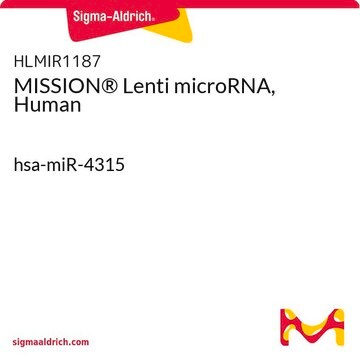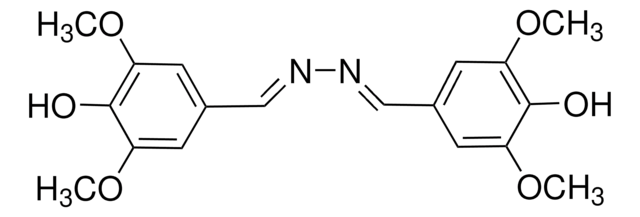P5379
Potassium phosphate monobasic
ReagentPlus®
Synonym(s):
Monopotassium phosphate, Potassium dihydrogen phosphate, prim.-Potassium phosphate
About This Item
Recommended Products
Quality Level
product line
ReagentPlus®
Assay
≥99.0%
form
powder or crystals
pKa (25 °C)
(1) 2.15, (2) 6.82, (3) 12.38 (phosphoric acid)
mp
252.6 °C (lit.)
solubility
water: 100 mg/mL, clear, colorless
density
2.338 g/mL at 25 °C (lit.)
SMILES string
[K+].OP(O)([O-])=O
InChI
1S/K.H3O4P/c;1-5(2,3)4/h;(H3,1,2,3,4)/q+1;/p-1
InChI key
GNSKLFRGEWLPPA-UHFFFAOYSA-M
Looking for similar products? Visit Product Comparison Guide
Application
- in calibration curve generation in electrical conductivity measurement of plasma-activated tap water (PATW).
- as a component of dissection solution.
- as a constituent of phosphate buffered saline.
Legal Information
Storage Class Code
13 - Non Combustible Solids
WGK
WGK 1
Flash Point(F)
Not applicable
Flash Point(C)
Not applicable
Personal Protective Equipment
Choose from one of the most recent versions:
Already Own This Product?
Find documentation for the products that you have recently purchased in the Document Library.
Customers Also Viewed
Protocols
Derived from procedure SSPHYT02. Includes template updates to current SOP specifications and incorporation of notes into the procedure.
This procedure applies to all products that have a specification for the enzymatic assay of D Alanine Racemase.
Laccase (EC 1.10.3.2) is a cuproenzyme that oxidizes various types of phenols and similar aromatic compounds aromatic amines with the reduction of molecular oxygen to water, therefore, is used as a biocatalyst.
Enzymatic Assay of Fumarase
Our team of scientists has experience in all areas of research including Life Science, Material Science, Chemical Synthesis, Chromatography, Analytical and many others.
Contact Technical Service







